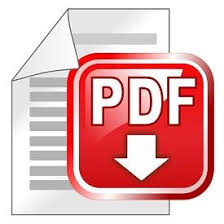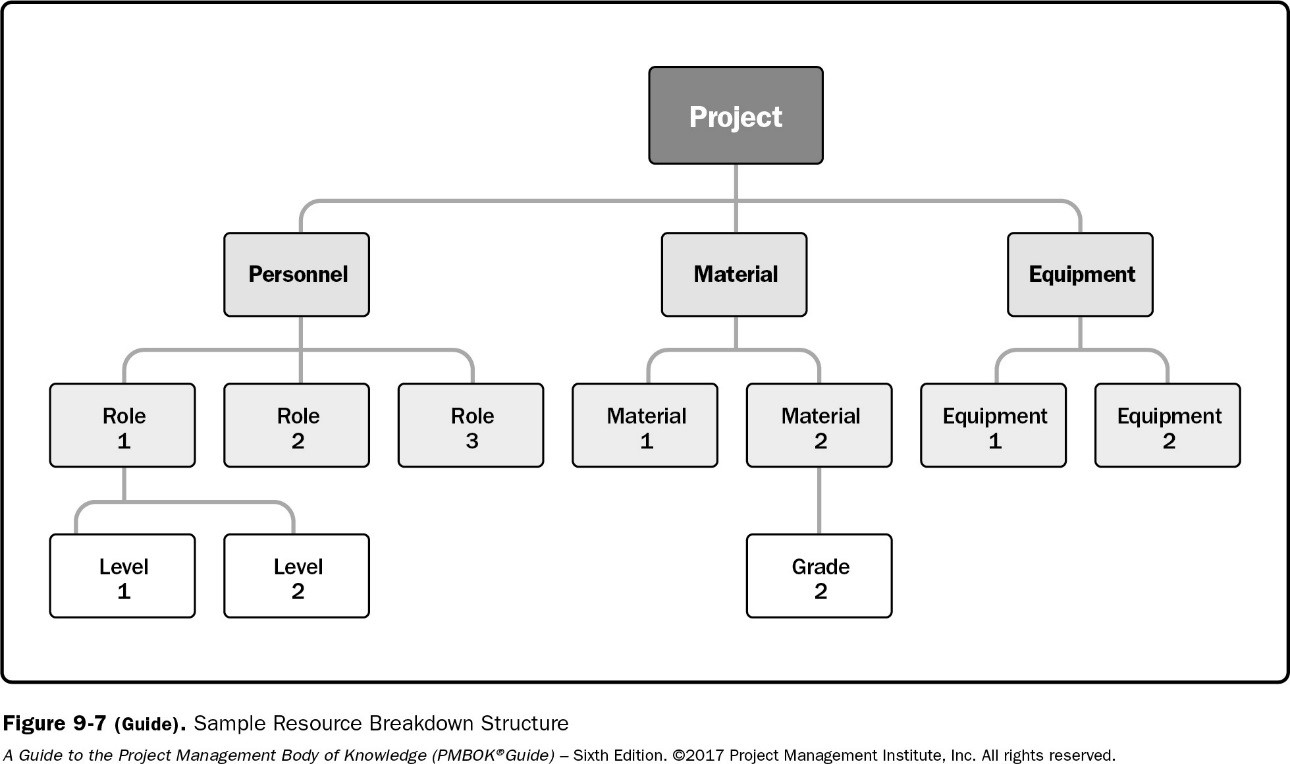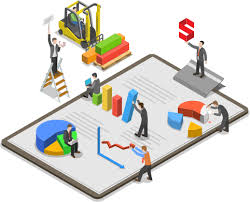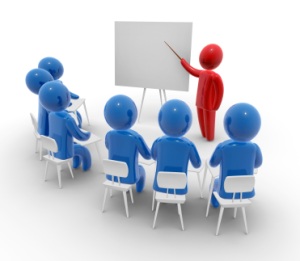Location:
PMKI > PM
Knowledge Areas > Resource Management.


- Resource overview
- Resource planning, acquisition
& control
- Human resources & teams
- Personal attributes
- Useful External Web-links &
Resources.
Other related sections of the PMKI:
- Competencies &
Interpersonal Skills (more in-depth papers)
- Leadership & Motivation
(more in-depth papers)
- Cost management (cost
estimates are based on planned resources)
- Schedule management
(duration estimates are based on resources)
Resources include all of the elements consumed in the accomplishment of the project. Resources include the people, equipment, and materials required to complete the work of the project:

Resource management involves the acquisition of the right
resources, at the right time, with the
necessary skills, capabilities, or characteristics needed
to efficiently accomplish the work of the project. This
function is closely linked to project schedule management
and procurement:
The process of acquiring and using resources drives the actual costs incurred by the project. A key consideration in resource management is optimizing the costs incurred by balancing performance and capability against the price to be paid (see more on cost estimating).
Whilst people are only one class of ‘resource’, they are key to the project outcome. Human resources require leading and motivating (see more on leadership and motivation), by effective managers (see more on the competencies and interpersonal skills needed by a manager).
 Significant
expertise is needed to be able to fully assess the
resource requirements of a project and balance this
against the information on resource availability.
Expertise is also needed to balance cost, resource
allocation and the duration each resource will be required
for.
Significant
expertise is needed to be able to fully assess the
resource requirements of a project and balance this
against the information on resource availability.
Expertise is also needed to balance cost, resource
allocation and the duration each resource will be required
for.
Both the number of resources assigned to an activity and their capability will influence its cost, and duration. Most activities have an ‘optimum crew size’ that is ideal for doing the work leading to the duration and costs outcomes being optimized. Increasing or reducing the resource levels from this optimum will change both the cost, and the overall duration, but not in direct proportion as inefficiencies creep in.
Monitoring and controlling processes focus on identifying and communicating the current situation, measuring variations from the plan and recommending ways to bring performance into line with the plan. The key resource considerations within this overall function include:
Blg: Multi-Tasking and the Bow Wave Effect From management perspective, the inevitable consequence of too much WIP is to require people to multi-task. If you do not have enough people to do all of the work, each person is will either be working on multiple tasks simultaneously or will abandon a partially complete task to start then next in response to management pressures. This is always a problem! The focus on work completed in PC-3.0, will help management see through the problem.
These functions are closely aligned with developing and
maintaining the project schedule (but it is not necessary
to include all of the resources in the schedule), see:
- Resource and Cost
Analysis
- Authorizing &
Maintaining the Schedule.
 Nothing
happens on a project without the active involvement of
people. The ‘human’ aspect of resource management applies
to the people engaged to work on the project, either as
project staff, or on secondment from other parts of the
organization, or as contractors acquired through the
procurement processes (see more on HR below).
Nothing
happens on a project without the active involvement of
people. The ‘human’ aspect of resource management applies
to the people engaged to work on the project, either as
project staff, or on secondment from other parts of the
organization, or as contractors acquired through the
procurement processes (see more on HR below).
A key focus of this topic is the development and
management of the project team. Expertise and know-how is
required to develop the project plan. Once the plan is
agreed, the composition of the overall team (and their
skill sets) should align with and evolve to meet the
requirements of the plan. All of the people seconded to,
or joining the project team and their managers are project
stakeholders
(see more on
stakeholder engagement).
Specific capabilities required of the project leadership include:
Organizations are defined as social units of people that are structured and managed to meet a need, or to pursue collective goals. Organizational theory is a branch of management science focused on understanding how organizations function and the factors to be considered in developing and managing and effective organization at the corporate level, at the project level and at the individual team level. Some of the key concepts include:
The function of managing an organization has traditionally involved the five functions of management and leadership: planning, organizing, staffing, coordinating and controlling. More modern thinking including Contingency Theory views organization design as a constrained optimization problem, meaning that an organization must try to maximize performance by minimizing the effects of varying environmental and internal constraints - there is no best way to organize a corporation or a project team (see more on general management).
Art: Dealing with difficult people. Effective ways to manage a dysfunctional relationship with a difficult person.
For more on managing people see: Managing People and Teams.
Effective team development is vital to enable the project to meet its objectives. This includes enhancing the ability of each stakeholder to contribute to the team, and enhancing the ability of the team to function effectively. Team development is enhanced by:
Art: Team Harmony. The McKinsey 7-S framework defines seven internal aspects of an organization or team that need to be aligned if it is to be successful.
For more on advanced team management skills see: Competencies & Interpersonal Skills (teams)
WP: Managing Meetings. To make meetings effective, careful thought has to be given to the choice agenda, attendees and the specific purpose of each meeting.
For more on managing meetings see: Managing people and teams (Meetings).
WP: Conflict Management. The ability to deal with conflict effectively is directly related to overall management success and is a key aspect of relationship management.
For more on managing conflict see: Conflict Management.
Personality can be defined as an organized pattern of behavioural characteristics that are likely to be repeated in similar circumstances. Therefore understanding both your own personality type and the personality types of the people involved in the project team and stakeholder community is critical to developing effective communication and relationships. Diversity of personality type is important; if everyone is the same there is a very narrow band of input to decisions, limiting options. Additionally, people can use different personalities to help develop ideas, etc (see: Six Thinking Hats). However, it is important to ensure most of the team, most of the time, operate in in positive ways and respect the diversity of others. One of the oldest established models for personality typing is the Myers-Briggs Personality Type Indicator (1942) which describes personalities in terms of how energy is received and used (Introvert or Extrovert), how information is gathered and taken in (Sensing or Intuitive), how decisions are made (Thinkers or Feelers) and how lives are organized (Perceivers or Judgers) - see link to MB below. Useful personality traits to be encouraged include persuasiveness, predictability and participation. EQ Emotional Intelligence and SQ Social Intelligence are key attributes needed by successful managers.
Effective managers are socially aware and make effective use of their time.
WP: Social and Emotional Intelligence. Describes these measures and differentiates emotions from feelings.
WP: Effective personal time management. Pragmatic ideas that can help achieve the maximum output from your valuable working time.
WP: Decision Making. Making decisions is a central part of any management role - good managers make timely decisions, lucky ones get them right.
WP: Problem Solving. The ability to lead your team in the process of solving problems, generating alternatives, and finding better means, and cost efficiencies, is at the heart of effective project management
See more on the personal attributes of an effective manager.
 WP:
Competency. This white paper defines the
important aspects of competency from the perspective of a
project manager. Knowledge alone is not enough! To be
effective in any sphere of life you need to be capable of
applying knowledge effectively to achieve the desired
outcome; this is competency.
WP:
Competency. This white paper defines the
important aspects of competency from the perspective of a
project manager. Knowledge alone is not enough! To be
effective in any sphere of life you need to be capable of
applying knowledge effectively to achieve the desired
outcome; this is competency.
See more on project management competencies.
Visit our training and qualifications page.
Leadership and motivation
Effective managers are effective leaders, they can lead
and motivate the people working for them.
WP: Leadership. Leadership is a strategic competence, providing vision and purpose, inspiring people to commit themselves to a course of action.
WP: Motivation. The ability to motivate team members and the wider stakeholder community is a skill required by all project managers.
Visit our leadership and
motivation page.
Ethics
But to be an effective leader you have to be seen an ethical and reliable.
WP: Ethics and Leadership. A strong ethical framework is vital for personal success.
Visit our personal ethics page.
Communication skills
Effective communication is the only way to influence the actions of othere - see our communication page.
Negotiation is a critical subset of communication:
WP: Negotiating and Mediating. Negotiating is a process designed to achieve a mutually acceptable outcome. Great negotiated outcomes are when both parties feel they have ‘won’; acceptable outcomes are when the parties can ‘live with’ the results.WP: Win-Win Negotiating. A win-win approach to negotiation should be based on a risk/reward standpoint - this is not a soft option!
See more on negotiating and mediating.
Myers-Briggs Type Indicator https://www.myersbriggs.org/my-mbti-personality-type/mbti-basics/